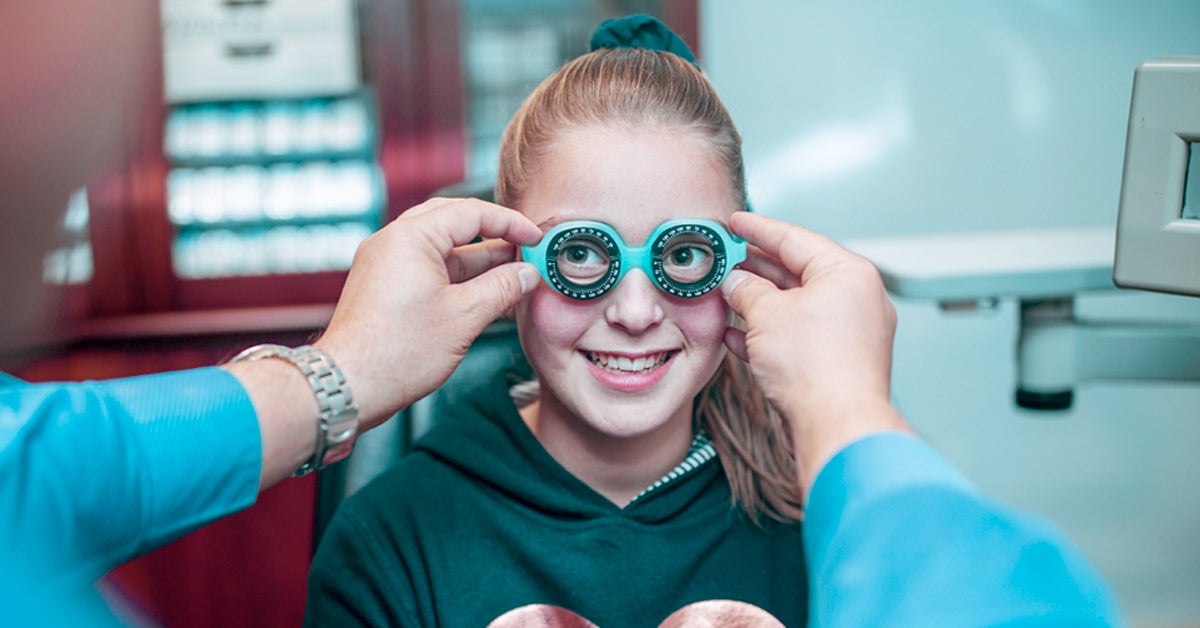Most of us have heard that once you turn 40, your eyes probably aren’t going to be what they used to. Sure enough, I was 40 when I started having problems reading close up. My daily work on the computer wasn’t helping. Too often, women who have never had visual problems before will let their symptoms go unchecked, assuming it is just one of the many things that changes with age.
Cost is another reason that a woman may keep postponing an eye exam. Even though they may have health insurance, it may not cover vision. Often, this is treated as a separate type of insurance like dental. Although technology has advanced in the diagnostics and treatments for various ailments, fees for visual care have climbed as well.
There are several reasons that women should never miss their yearly eye exam, especially after they are 40 years of age. Women who have already passed menopause are at an even higher risk of developing eye problems that accompany other health conditions such as diabetes and high blood pressure.
Although men also have the same problems with their eyes once they reach the age of 40, women are more prone to serious conditions that can cause visual symptoms like glaucoma, thyroid disease and cataracts. Of those individuals who contact glaucoma, more women are also likely to develop blindness as a result of the disease.
On a positive note, those women who do have insurance may still be left holding the bill for their eye exam and glasses, but if there is an actual disease or condition that is deemed medical, insurance will usually kick in to pay at least a portion of the costs.
There are two different types of Prairie Eye Care Optometrists and ophthalmologists. While both are skilled and perform a wide range of services for those needing vision care, the optometrist is licensed only to give primary care such as examinations, diagnosis and low vision treatment including some minor surgeries.
In contrast, an ophthalmologist is a medical doctor with visual care as their specialty. They can perform the same functions as the optometrist as well as more complex treatments and surgeries.While you will probably save some money by seeing a optometrist for your basic eye care, the services of an ophthalmologist will probably be required if you are diagnosed with a more serious condition that requires their higher level of training and skills. Insurance companies may also distinguish between the two when considering which type of coverage they will provide.
You know that your eyesight is precious to you and catching problems in the early stages can prevent you from suffering more serious consequences down the road. Don’t ignore symptoms that may be something more than natural again and which may be easily improved. Make an appointment with an eye care provider to make sure your eyes are healthy. If not, consider the options available to you from there. If money is an issue, talk to the physician’s office to see if there is help available to you. Some organizations help with providing care for those without insurance and so do some medical facilities. Payments may be an option so that you can fit your eye care into your budget.
